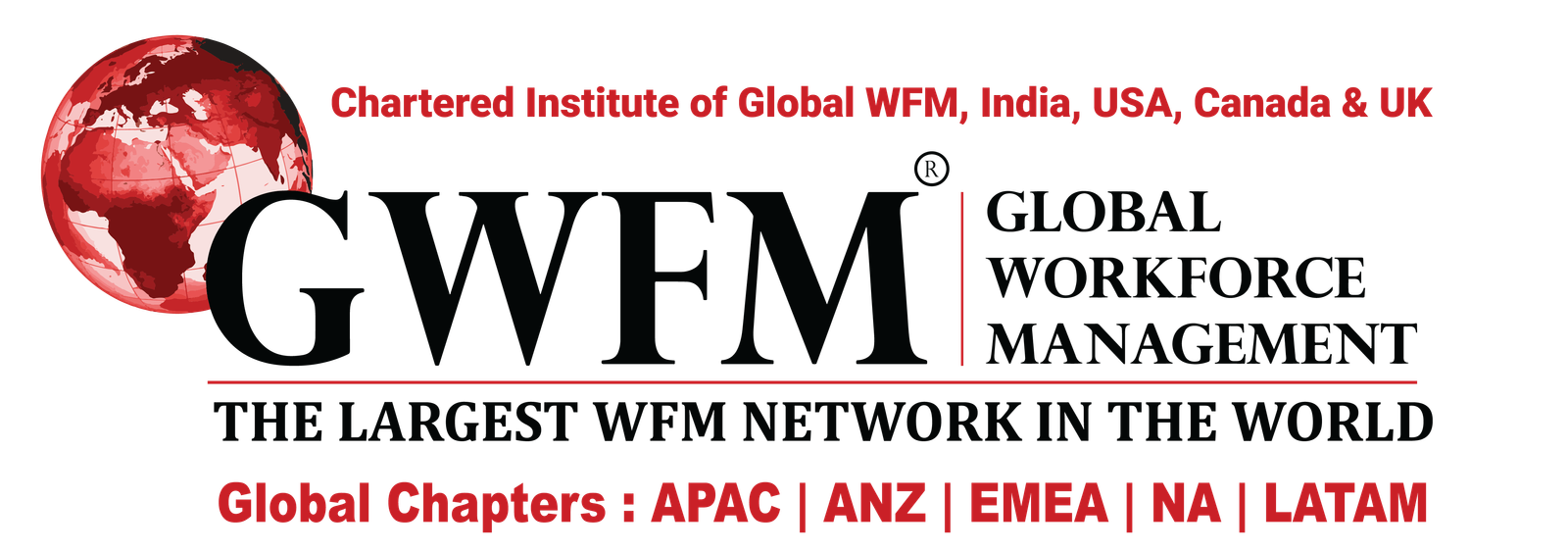Layoffs Here, Reductions There, Staff Changes Everywhere

Andrea Matsuda at NICE explains that a lot is going on in the post-pandemic workplace, and the contact centre is no exception.
While customer happiness remains a top priority for contact centre leaders, it is undeniable that customer expectations of speed and service continue to evolve.
And when paired with even greater changes in the workforce, the result is an exceedingly complex equation contact leaders need to solve.
Employees are working from home in greater numbers than ever before, with more remote opportunities expected to increase through 2023—a shift La Marc Cenedella, CEO of job site Ladders, told Forbes is the largest societal change in America since the end of World War II.
Agents’ increasing preference for remote and hybrid work can come at a cost, though—unstable internet connections, more distractions, and more time spent trying to escalate issues up, among other issues.
At the same time, omnichannel communications have increased the complexity of workforce management, which must balance agent skill sets while efficiently staffing channels that have different service levels and characteristics. All this is happening amid widespread staffing reductions as organizations brace for a potential recession.
Now more than ever, the ability to forecast accurately is critical to contact centre performance—in fact, it’s one of the most important steps in contact centre management.
By aligning the supply of employees with customer demand, proper forecasting can reduce expenses without negatively affecting the customer experience.
Optimizing the workforce increases service levels, customer satisfaction, and employee morale—all of which contribute to increased profits and lowered costs.
Forecasting requires contact centres to collect and analyze past historical data. Many factors, ranging from billing processes and marketing promotions to weather, holidays, and more, can affect the reliability and accuracy of a forecast and how demand would typically be distributed across a day, week, or month.
It’s often said that creating an accurate forecast is one part art, one part science: the art consists of the qualitative aspects, such as a forecaster’s expertise, while the science harnesses quantitative methods that leverage historical data and statistical techniques using forecasting software.
And with ongoing developments in machine learning and artificial intelligence, modern workforce management tools are changing the forecasting game with sophisticated, powerful algorithms.
With a forecasting engine that uses advanced algorithms to accurately and precisely forecast customer demand, our WFM enables contact centres to predict trends and volumes, enabling workforce managers to determine proper staffing requirements.
CXone WFM algorithms include Box-Jenkins ARIMA, Curve-Fitting, Exponential Smoothing, and Auto-Select. Users with WFM Advanced licenses can even choose their desired forecast model per job, giving them the flexibility to analyze and compare forecasting scenarios.
This is particularly helpful when planning staffing changes—for example, when considering a workforce reduction or adding skillsets to existing agents.
But how do you know which forecasting algorithm will generate the most accurate results in any given situation?
A method that works effectively for one work stream may not perform well for another, or it may work sometimes for a work stream but not all of the time. A few rules of thumb can help you choose the best forecasting algorithm:
- The Box-Jenkins ARIMA (Auto Regressive Integrated Moving Average) is an iterative model that is best-suited for situations where there is stable data with regular correlations and when data patterns are complicated with a combination of trend, seasonal, cyclical, or random features. Because it’s based on the assumption that future patterns will be reasonably similar to those of the past, it’s best for short-term forecasting of 18 months or less.
- Curve Fitting is best when cyclical patterns exist, but the rise and fall are not within a fixed period. It’s an effective method when the future is based on something other than time, as long as there is a relationship between the variables that can be modeled using a smooth, continuous function.
- Exponential Smoothing is similar to the Box-Jenkins ARIMA method in that both are adaptive and can model trends and seasonal patterns, but it uses a structural view of level, trend, and seasonality rather than patterns of time, as Box-Jenkins does. This algorithm is best when historical data has stationary patterns (with or without trends or seasonality), when you can assume the past will continue to influence and represent the future, and when the data exhibits a linear trend.
- Auto-Select is the go-to forecasting algorithm for situations when a forecaster prefers to have the WFM select the best forecast model, per skill, for both “Volume” and “Handle Time.” This not only reduces the burden on the forecaster but also allows for an automatic comparison between multiple forecast models, with the best model chosen by our WFM.
Workforce management teams are leaner than ever, and many contact centres are operating with a reduced agent headcount.
A WFM’s sophisticated time-series forecasting, “what-if” modeling, and automated analysis and tracking make it easier for you to continue forecasting accurately and efficiently, even when resources are limited.
Source: NICE & GWFM Research

Responses